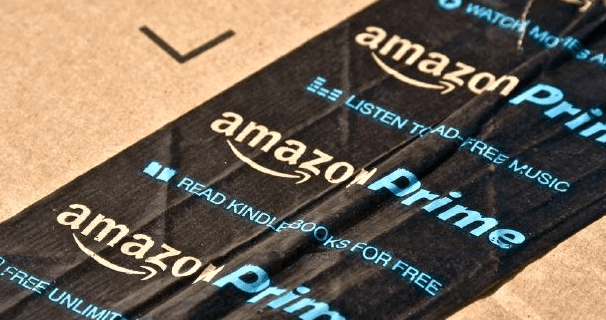
When stocks go down, it’s normal to have negative reactions or view that movement as a potential indication that a given company’s share price will continue to decline. Much of investing comes down to analyzing trends in order to make determinations about what’s likely to happen in the future, so it’s understandable that big stock price drops can increase sentiment that an investment will continue on a sliding trajectory.
There is truth to the idea that winners tend to keep winning, and investors have to beware of being led into a value trap, but identifying stocks with attractive long-term upside after big sell-offs can have a dramatic positive impact on overall returns. With that dynamic in mind, here’s why Apple (NASDAQ:AAPL) and IBM (NYSE:IBM) are discounted stocks that income-focused investors should consider adding to their portfolios.
Apple
Apple stock has gotten a haircut, amid the broader pullback on technology stocks and rising concerns about whether the company’s iPhone business has peaked. Shares are down roughly 25% from the high they hit earlier this year and now trade at less than 13 times this year’s expected earnings.
Apple’s relatively low yield might make the stock less appealing for investors who are looking for huge payouts right away, but the company has been rapidly growing its dividend in recent years — and there’s a good chance that shareholders can look forward to more of the speedy payout growth. The tech giant has increased its dividend roughly 93% since reinitiating a payout, but the company’s low payout ratios suggest there’s plenty of room to expand its income component while still funneling money back into growing the business.
Investors should pay attention to iPhone sales trends, but it’s worth noting that this isn’t the first time that concerns about Apple’s mobile hardware growth prospects have been raised, though the segment has regularly surpassed expectations thanks to the company’s innovation efforts and understanding of its consumer base. Prospects for income growth and capital appreciation look even better in light of untapped potential in wearables and connected-home products and strong growth for its services segment. Apple has tremendous brand strength in consumer electronics, allowing it to command premium pricing for its hardware and capture the vast majority of profits in the handset space. Apple’s premium-oriented customer base also spends more on apps and subscriptions than users on other platforms, helping propel rapid growth for its high-margin services segment.
IBM
International Business Machines has more than tripled its dividend over the last decade, to reward shareholder patience during a prolonged stretch of unimpressive performance. Shares are down roughly 20% year to date and 30% over the last five years, but the stock price decline combined with rapid payout growth has brought the company’s payout ratio to 5.2% — its highest level in nearly a quarter-century.
Prior to 2018, the company had posted 22 consecutive quarters of year-over-over sales declines as a result of weakening demand for its legacy hardware and software products. Big Blue looked to be turning that trend around this year after several consecutive quarters of sales growth, but that came to an end when its most recent quarterly report arrived with a 2% unadjusted year-over-year sales decline. Shares are down 15% since the mid-October earnings release. However, IBM has still posted non-currency-adjusted sales growth in three of its last four quarters; significant opportunities remain to expand in cloud services; and the stock’s yield and earnings multiples are at attractive levels.
Sales from the company’s cloud, analytics, security, and mobile offerings now account for roughly half of total revenue, and will need to continue outweighing declines for its hardware-centric businesses. However, IBM’s entrenched position in the enterprise tech space, and ongoing growth for cloud services, present some favorable backdrops for the ongoing pivot, and the company is in good shape to keep the dividends flowing amid its transformation. It has payout ratios that suggest little obstacle to delivering dividend growth. Increases won’t be as dramatic as investors might have become accustomed to over the last decade, particularly in light of the company’s $34 billion acquisition of open-source cloud-software company Red Hat, but IBM’s financials and pedigree suggest that investors can continue to expect rising dividends.
Big Blue is just two years of dividend growth away from achieving Dividend Aristocrat status. Perhaps even more impressive, the company has actually paid a dividend each year since 1902 — an incredible feat that shows a commitment to rewardin
























